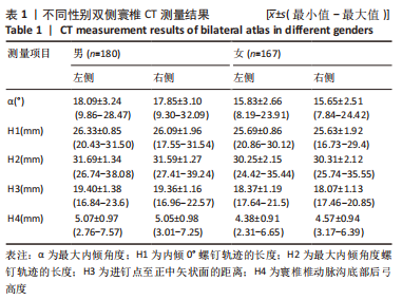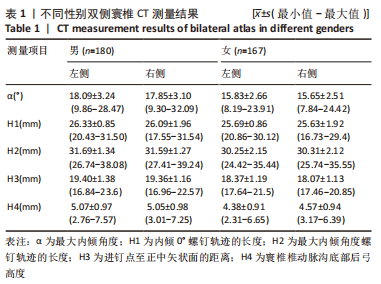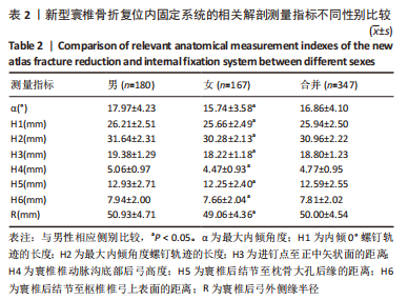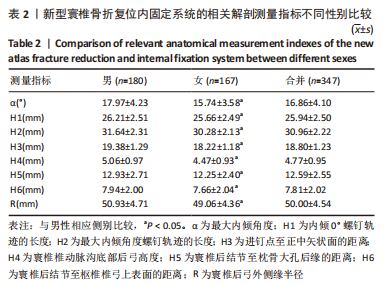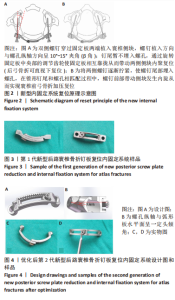[1] 周海涛,王超,闫明,等.对寰椎骨折治疗策略的探讨(附28例报告)[J].中国脊柱脊髓杂志,2005,15(1):8-11.
[2] FIEDLER N, SPIEGL UJA, JARVERS J, et al. Epidemiology and management of atlas fractures. Eur Spine J. 2020;29(10):2477-2483.
[3] KIM HS, CLONEY MB, KOSKI TR, et al. Management of Isolated Atlas Fractures: A Retrospective Study of 65 Patients. World Neurosurg. 2018;111:e316-e322.
[4] 王超,尹绍猛,阎明,等.使用枢椎椎弓根螺钉和枕颈固定板的枕颈融合术[J].中华外科杂志,2004,42(12):707-711.
[5] HILIBRAND AS, CARLSON GD, PALUMBO MA, et al. Radiculopathy and myelopathy at segments adjacent to the site of a previous anterior cervical arthrodesis. J Bone Joint Surg Am. 1999;81(4):519-528.
[6] HE B, YAN L, ZHAO Q, et al. Self-designed posterior atlas polyaxial lateral mass screw-plate fixation for unstable atlas fracture. Spine J. 2014;14(12):2892-2896.
[7] RUF M, MELCHER R, HARMS J. Transoral reduction and osteosynthesis C1 as a function-preserving option in the treatment of unstable Jefferson fractures. Spine (Phila Pa 1976). 2004;29(7):823-827.
[8] BOHM H, KAYSER R, EL SH, et al.Direct osteosynthesis of instable Gehweiler Type III atlas fractures. Presentation of a dorsoventral osteosynthesis of instable atlas fractures while maintaining function. Unfallchirurg. 2006;109(9):754-760.
[9] ZHANG Y, ZHANG J, YANG Q, et al. Posterior osteosynthesis with monoaxial lateral mass screw-rod system for unstable C1 burst fractures. Spine J. 2018;18(1):107-114.
[10] 朱希田,徐杰,吴晓兰,等.寰椎侧块螺钉置入相关参数的三维CT分析[J].福建医药杂志,2014,36(5):4-8.
[11] HE H, HU B, CAI P, et al. Computed tomography comparison study of two Axis-based C1 transpedicular screw trajectory designs. Spine J. 2021;21(10):1763-1771.
[12] 中国医师协会骨科医师分会,中国医师协会骨科医师分会成人急性寰椎骨折循证临床诊疗指南编辑委员会.中国医师协会骨科医师分会循证临床诊疗指南:成人急性寰椎骨折循证临床诊疗指南[J].中华外科杂志,2015,53(8):564-570.
[13] YAMAMOTO H, KURIMOTO M, HAYASHI N, et al. Atlas burst fracture (Jefferson fracture) requiring surgical treatment after conservative treatment--report of two cases. No Shinkei Geka. 2002;30(9):987-991.
[14] KAKARLA UK, CHANG SW, THEODORE N, et al. Atlas fractures. Neurosurgery. 2010;66(3 Suppl):60-67.
[15] 徐荣明, 胡勇.对新鲜寰椎骨折的临床治疗选择[J].中国脊柱脊髓杂志,2013,23(5):395-397.
[16] 余正红,邵佳,高坤,等. 后路寰椎单轴与多轴螺钉内固定植骨融合术治疗Gehweiler Ⅲb型寰椎骨折的疗效比较[J].中华创伤杂志, 2022,38(9):797-805.
[17] LI L, TENG H, PAN J, et al. Direct Posterior C1 Lateral Mass Screws Compression Reduction and Osteosynthesis in the Treatment of Unstable Jefferson Fractures. Spine. 2011;36(15):E1046-E1051.
[18] 尹庆水,刘景发,夏虹,等.寰枢椎经口咽前路手术预防感染之经验[J].中华医院感染学杂志,2002,12(11):829-830.
[19] 尹庆水, 艾福志, 章凯, 等.经口咽前路寰枢椎复位钢板系统的研制与初步临床应用[J].中华外科杂志,2004,42(6):325-329.
[20] TU Q, CHEN H, LI Z, et al. Anterior reduction and C1-ring osteosynthesis with Jefferson-fracture reduction plate (JeRP) via transoral approach for unstable atlas fractures.BMC Musculoskelet Disord. 2021;22(1):745.
|
